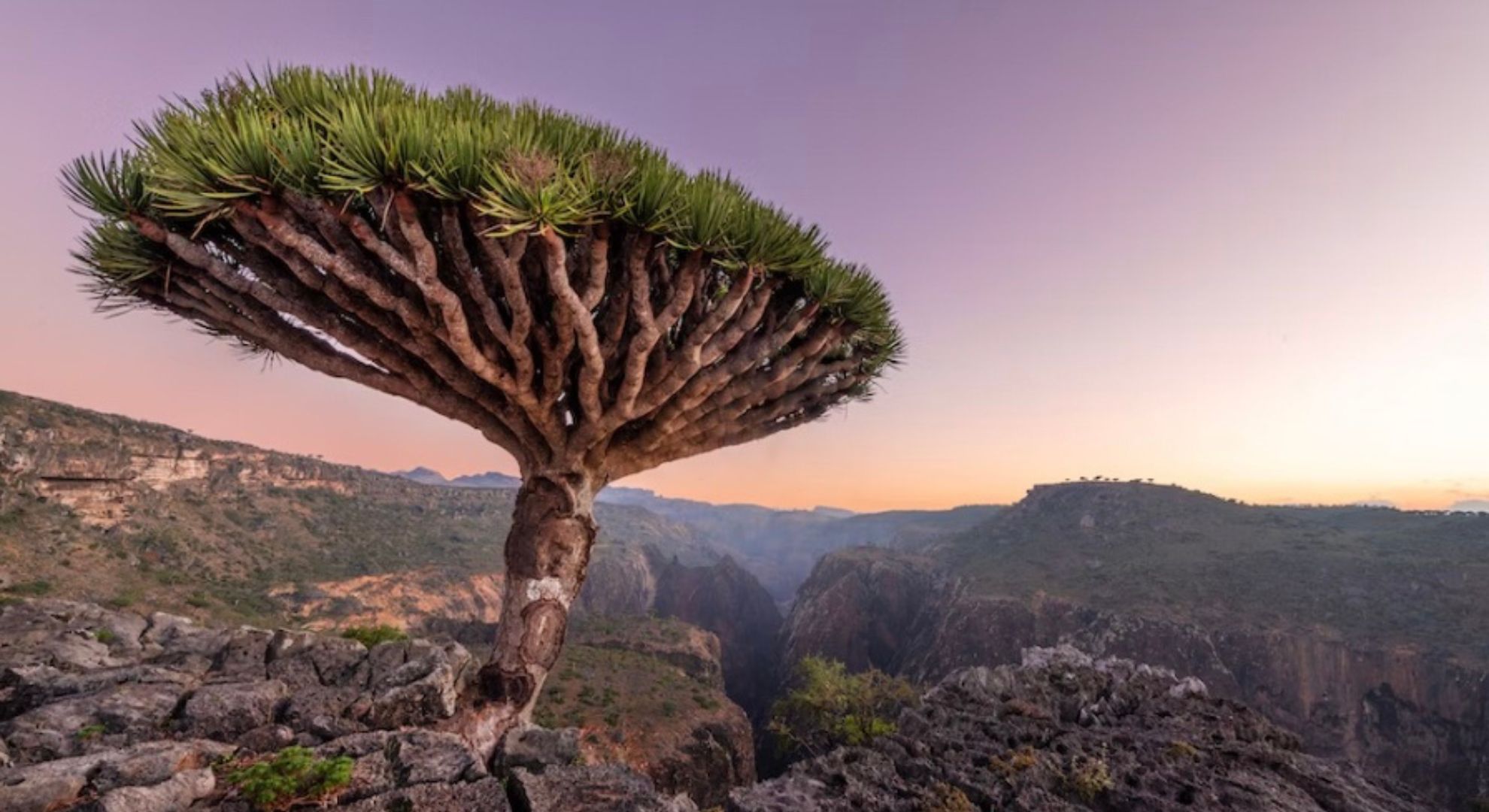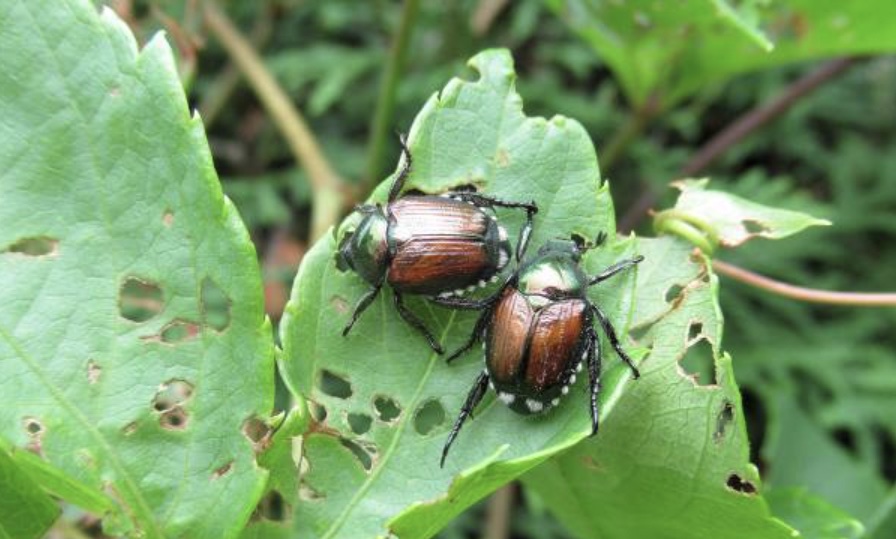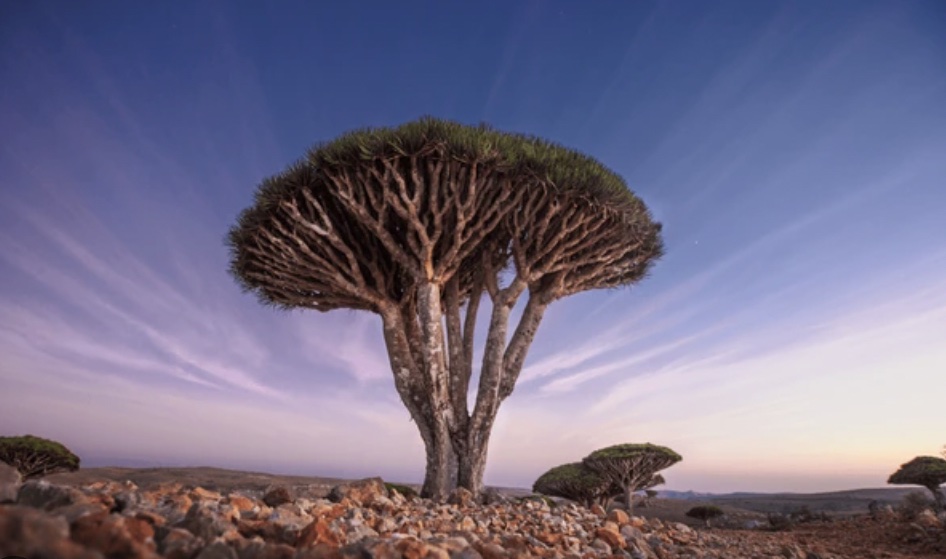If you ever suddenly wake up in the middle of an island surrounded by gigantic, large-veined, oddly-looking trees, your first thoughts would probably be either you time-traveled to the Jurassic era or that you are not on Earth.
Seemingly straight out of a Star Trek movie or a location in Pandora from Avatar, Socotra island of the Republic of Yemen has been described by English anthropologist George Wynn Brereton Huntingford in 1980 as “the most alien-looking place on Earth.”
The island which can serve as a home to about 100,000 individuals, houses at least 126 exotic species (so far). While not all of these alien species are invasive, those that fall into this category pose a risk of outcompeting native species, spreading disease, and undermining the fragile economy of the archipelago.
Backdropped with barren mountains, plateaus, and sparse greenery, the place is scorched by extreme heat and frequent heavy floods. These conditions combined with the islands’ isolation morphed Socotra’s geology and resulted in some peculiar-looking life after years of evolutionary process.
Among the perplexing things on Socotra is the Dragon’s blood trees which can only be found on one island in the archipelago. Able to grow beyond 30 feet and can live up to thousands of years, the tree looks like a mushroom with smaller branches forking upward and outward from the central bark, forming an umbrella of veins while it also produces rich berries and a reddish-colored sap—the origin of its name.
Dragon’s blood trees are now considered “vulnerable to extinction” after four powerful cyclones that ravaged the islands since 2015 displaced thousands of the islanders and uprooted the trees and livestock that feed on the young saplings.
The small island group, which is located about 340 kilometers southeast of Yemen, was recognized as a “World Heritage Site “by the United Nations Educational, Scientific, and Cultural Organization (UNESCO) in 2008 for its “universal importance because of its biodiversity with rich and distinct flora and fauna.”
According to UNESCO’s data, 37% of Socotra’s 825 plant species, 90% of its reptile species and 95% of its land snail species cannot be found anywhere else in the world, earning its other title as the “Galapagos of the Indian Ocean.”
Some of the rare fauna found in the islands are the Socotra warbler, bunting, ghost crab, limestone crab, cormorant, sunbird, Egyptian vulture, and loggerhead turtle, while endemic plant species include pomegranates, frankincense, various aloes, giant succulent trees, cucumber trees, and myrrh trees.
Other POP! stories that you might like:
Golden mole species thought to be extinct rediscovered in South Africa after 86 Years
‘My loneliness is killing me’: Loneliness is as harmful as smoking 15 cigarettes a day, says study
Rare ‘Red Aurora’ surprises and amazes Mongolians
Taco shop in Makati left with excess food after big brand makes last-minute cancellation





